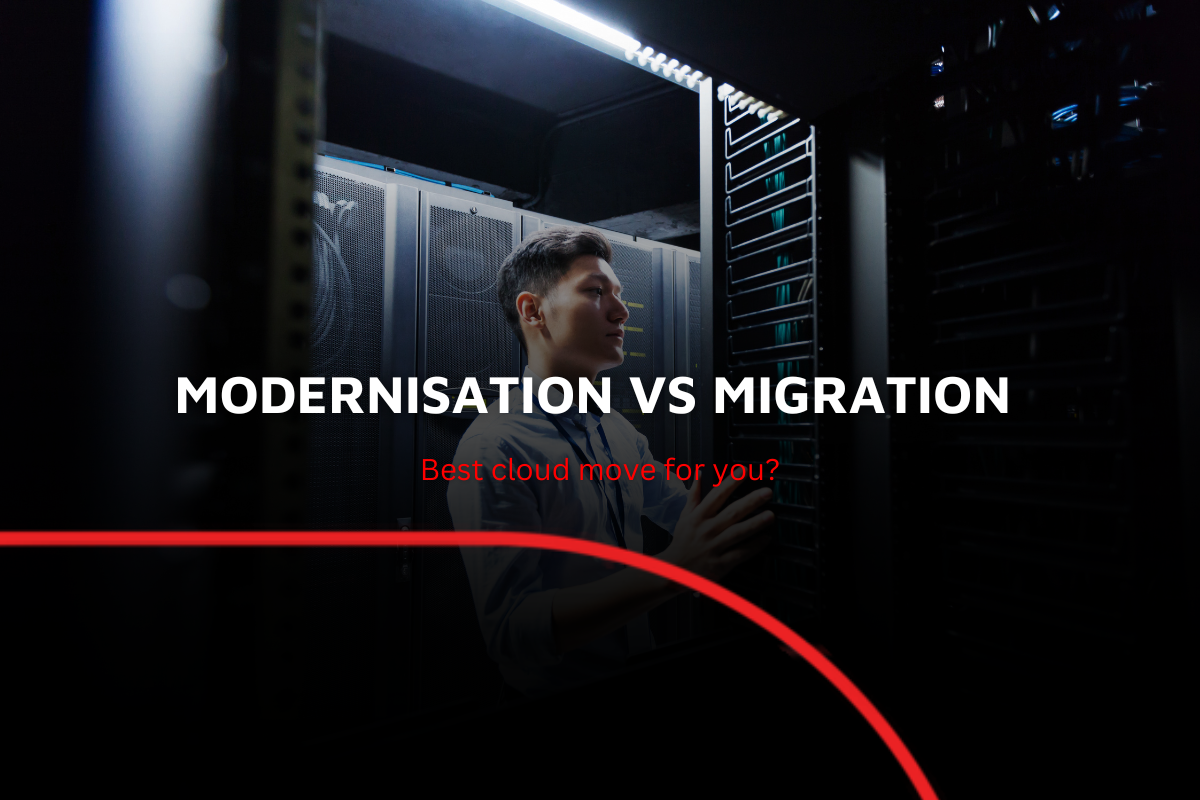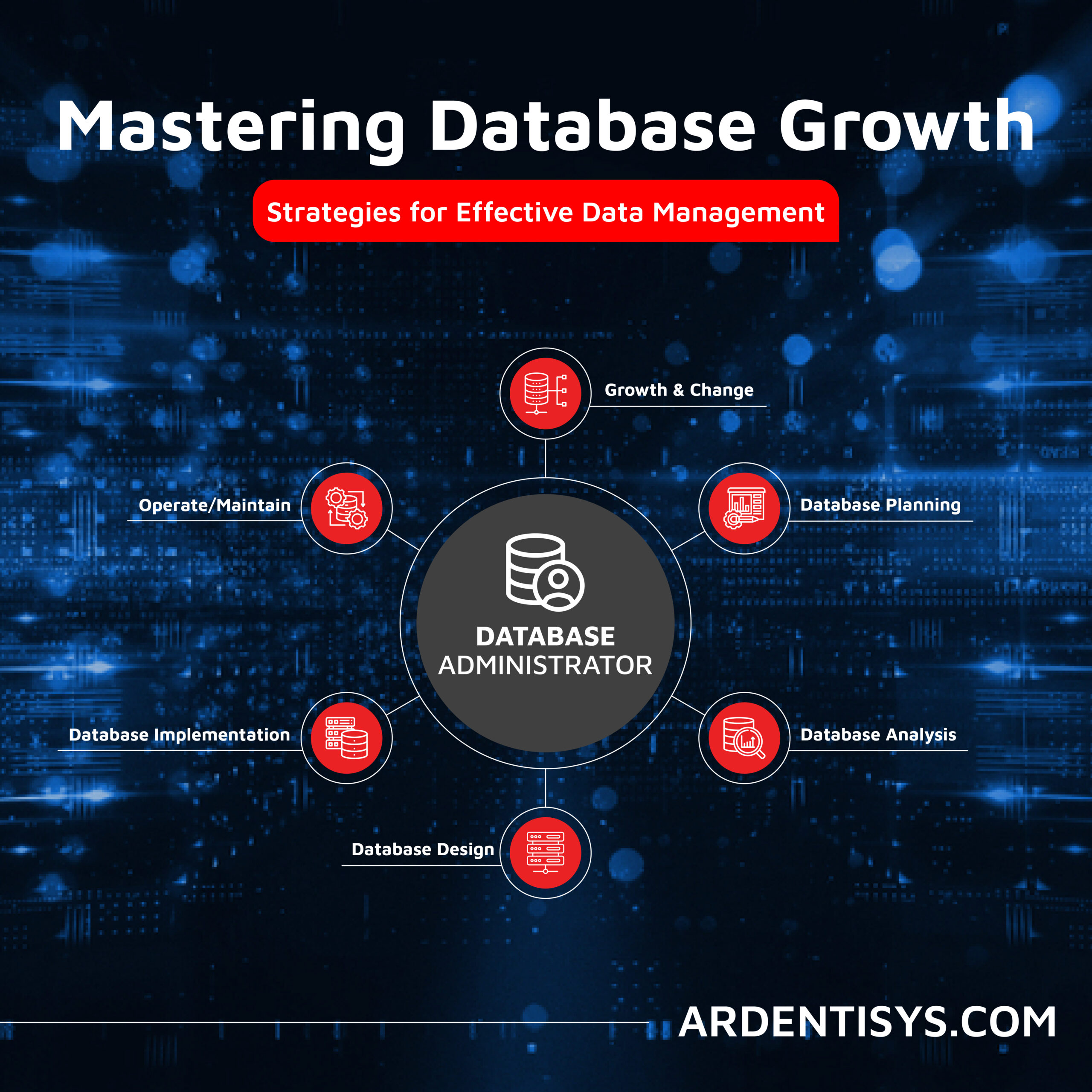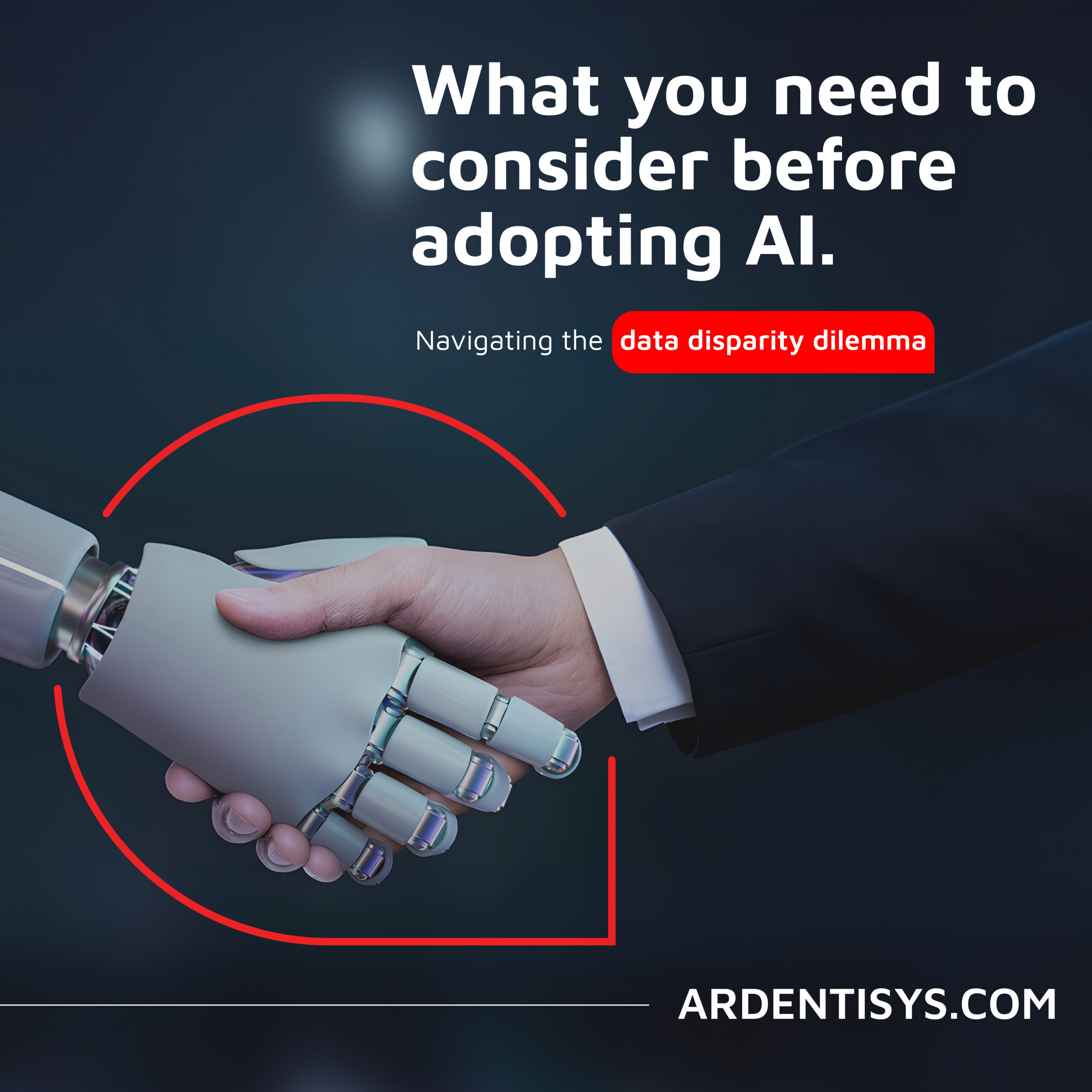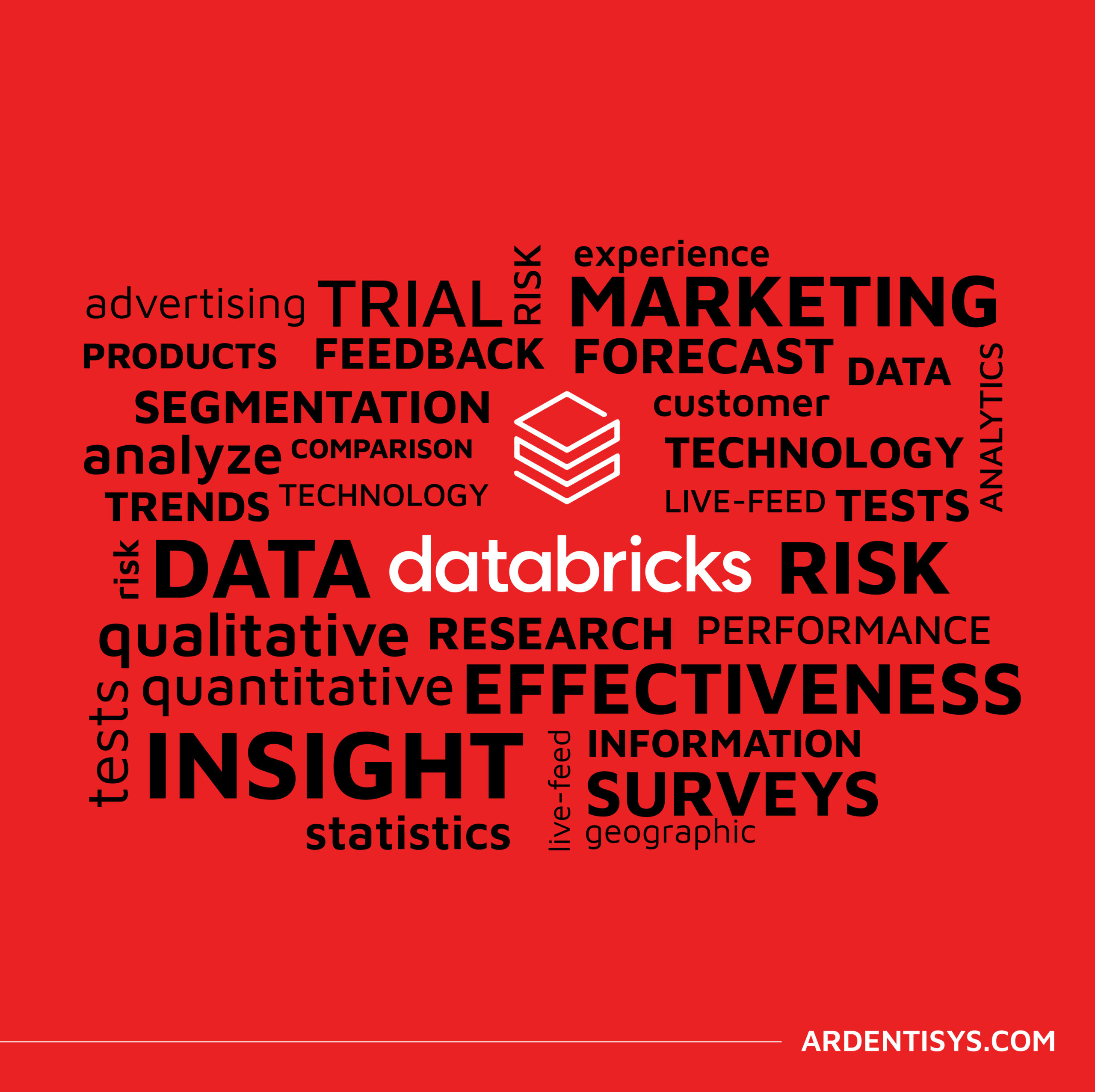Enterprise cloud modernisation VS Enterprise cloud migration – what’s best for you?
18 April 2023 | Noor Khan

Businesses produce a lot of data, and handling that effectively can mean the difference between an effective operation or loss of opportunities; 90% of large enterprises have now adopted a multi-cloud infrastructure, and 60% of global corporate data is now stored on the cloud.
Making the best decision for your business means understanding what your needs are, and what data technology is best suited for your needs.
The benefits and drawbacks of Cloud Modernisation
By bringing existing structures and applications into line, and integrating all cloud applications into one point, cloud modernisation aims to simplify business processes and ensure a consistent strategic approach across the entire company.
Pros of Cloud Modernisation
Improved performance
When all cloud-platforms and applications are running on a single process, rather than split between different apps, tools, and devices, performance can be standardised and sped up.
Higher levels of scalability
Having a single point to view all applications and data means it is much easier and quicker to determine usage and what the business needs in order to grow. Application of this growth and scaling the process requires less time, budget, and resources as it is all in one place and does not require different skill sets and technical application.
Cost savings
By effectively updating processes, applications, and integrating them onto a single platform, costs can be reduced across the company – from licensing and tool costs, to employees, and maintenance costs.
Easier deployment and maintenance
Having a single platform means there is only one type of process that needs to be developed and maintained, rather than sorting through dozens of different coding languages, applications, and tools. As processes and applications are streamlined and optimised, they can be made more efficient for easier use and maintenance once the process is complete.
Cons of Cloud Modernisation
Insufficient security can cause major issues
With a single cloud, if the security is not sufficient and the data well protected, unauthorised access could allow for vast amounts of data loss, theft, or corruption.
Unexpected costs throughout the process
Planning and implementing a cloud migration can be a time-consuming process, and there may be unexpected issues throughout which can add unexpected costs to the budget.
Service downtime can impact workload
If an inappropriate provider or service is chosen to host the data, unexpected downtime could mean no access to data or tools required for employees to undertake their jobs on a company-wide scale.
The Benefits and Drawbacks of Cloud Migration
Cloud migration is moving data, applications, and infrastructure to a cloud service that is either supported virtually or by remote on-premises hardware. The process requires careful planning, integration, and a strategic approach for data engineering that allows for enhancement of in-house capabilities.
Pros of Enterprise Cloud Migration
Simplified management and monitoring
By migrating data into one secure cloud platform, it can be updated, optimised, and improved during the process, which then leads to more effective management and monitoring once it is in situ.
Cloud technology scales with usage
It can be difficult to determine exactly how much space your data will require, especially when you are performing a company wide upgrade. Many of the leading data warehousing services and cloud applications operate with vast memory and storage resources, allowing a company to fully migrate their data, without worrying that space will become an issue during the process.
Increased business agility and flexibility
Having your data available on the cloud means you are not restricted by location for access. This allows for faster responses and changes to business strategy, based on data and operational needs.
Costs of resources are reduced
By utilising a cloud platform, your company does not need to support the costs involved in having on-premises data storage (both in operating and maintaining them).
Cons of Enterprise Cloud Migration
High-speed internet is essential:
In order to effectively utilise cloud-based data, employees (both on site and remote) will need to have a network connection that is capable of handling the access requirements – and any internet downtime or reduced speeds could impact company operations.
Data may be open to privacy and security vulnerabilities
Because data on the cloud can potentially be accessed from anywhere, data breaches could occur if the technology has insufficient data protections, or employees have had insignificant training on data protection processes.
Platform dependency can occur
Some cloud technologies are not optimised for a multi-cloud approach and can be inflexible in their formats or tools – making them incompatible with other vendors. An incorrect choice in software could lead to a company being locked in with a certain software, and unable to look for better services, value, or options due to the associated costs and difficulty in reformatting the data.
Outdated data processes or functionality may cause problems
By not updating or modernising business data, and simply moving it across to the cloud, there may be issues with compatibility, usage, and functionality with different devices or tools.
The tools needed for your enterprise cloud
There are many different tools and platforms available to help you complete your journey onto the cloud, and choosing the right one is business critical. Some of the most popular options include:
Cloud migration technologies
- Amazon Web Services (AWS) Migration tools
- Google Cloud Migration
- Microsoft Azure Migrate
- Carbonite Migrate
- Turbonomic
- AppDynamics
Cloud modernisation tools
- Google Cloud Application Modernization
- AWS Modernization plans
- Accenture
- Azure
- ConvergeOne
Cloud modernisation VS cloud migration - similarities and differences
Both Cloud Modernisation and Cloud Migration have the same goal – to get your business onto a cloud-based service, and ensure that your data is in one location, ready for you to utilise for your business.
The main difference between the two approaches is that migration takes your existing data, structure, and business architecture and uploads it onto the cloud ‘as is’, whereas the modernisation process involves checking every element of your data and architecture and updating it (where required) in order to keep up with modern technology, usages, and needs.
Moving to the cloud with Ardent
Whether you are looking for enterprise cloud modernisation or migration, we can help. Our data engineers are have delivered exceptional data engineering solutions to wide variety of our clients. Explore how our clients are succeeding with Ardent:
- Providing data insights, quickly and easily with reporting automation solution
- Managing and optimising 4 petabytes of client data to revolutionise the future of TV
- 10 TB data lake for survey and near-real-time social media data
Get in touch to find out more on how you can unlock the potential of your data or explore our data engineering services.
Ardent Insights

Overcoming Data Administration Challenges and Strategies for Effective Data Management
Businesses face significant challenges to continuously manage and optimise their databases, extract valuable information from them, and then to share and report the insights gained from ongoing analysis of the data. As data continues to grow exponentially, they must address key issues to unlock the full potential of their data asset across the whole business. [...]

Are you considering AI adoption? We summarise our learnings, do’s and don’ts from our engagements with leading clients.
How Ardent can help you prepare your data for AI success Data is at the core of any business striving to adopt AI. It has become the lifeblood of enterprises, powering insights and innovations that drive better decision making and competitive advantages. As the amount of data generated proliferates across many sectors, the allure of [...]

Why the Market Research sector is taking note of Databricks Data Lakehouse.
Overcoming Market Research Challenges For Market Research agencies, Organisations and Brands exploring insights across markets and customers, the traditional research model of bidding for a blend of large-scale qualitative and quantitative data collection processes is losing appeal to a more value-driven, granular, real-time targeted approach to understanding consumer behaviour, more regular insights engagement and more [...]






